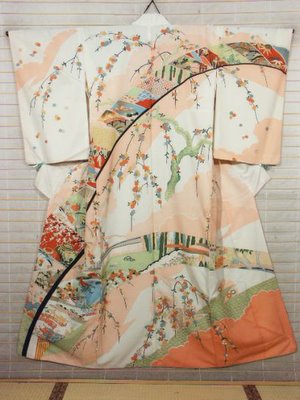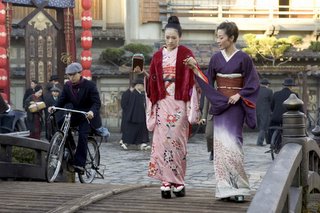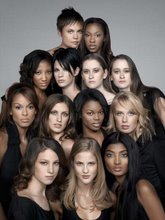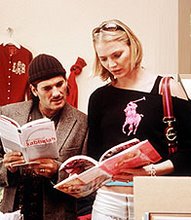
My Kimono
I purchased my very first kimono few months ago. Been searching for the right obi... and dare to build toward my very own Japanese kimono costume, and even try to wear it one day. I think I'll be spending more on my obi belt than my actual kimono!
What are Kimonos?
Actually a rather general term, denoting "clothing". (kiru=to wear, mono=thing) With the progress of "Western" clothing it has, however, taken on the meaning of "Japanese clothing" but does still neither refer to a certain item of clothing, nor does it discriminate male and female clothing. Fashion range from samurais to young girls coming of age (Haku).
Little bit about KIMONO patterns and styles
Japanese kimono much like U.S. clothing are worn to compliment the seasons. In the spring, bright colors and spring floral kimono patterns are worn. In autumn, fall colors and fall kimono patterns are worn. In the winter, especially near the holidays, kimono patterns with designs such as the bamboo, pine trees or plum blossoms or worn for they signify good luck and prosperity.
Customarily, woven kimono patterns, dyed clothing and repetitive patterns are considered informal. Formal kimono have free-style designs dyed over the whole surface or along the hem. Originally, the kimono was worn in multiple layers of different colors. Up to a dozen or more colorful layers of contrasting colored kimono would be worn. Today, the kimono is normally worn with a single layer on top of a slip style undergarment called juban. Also can be very expensive.
There are many types of kimono, each worn according to the persons age, season or the event. However, the formal kimono can be basically broken down into two main categories based on the persons age and marital status. Young unmarried women wear kimono with long sleeves called furisode (shown as example above). The sleeve length can vary from slightly long to very long reaching the ankle. Young women's kimono are very vibrant, colorful and rich with patterns.

Older women or those who have married, wear a kimono with shorter sleeves called tomesode. The kimono designs are smaller or solid and the colors are more subdued. There are also special kimono made for ceremonies and paying respect called the tsukesage, komon and the homongi.
With such exotic cultural identity as well as success of the recent Oscar winning movie "Memoirs of a Geisha", I'm certain Kimonos would be in popular demand for times to come.











No comments:
Post a Comment